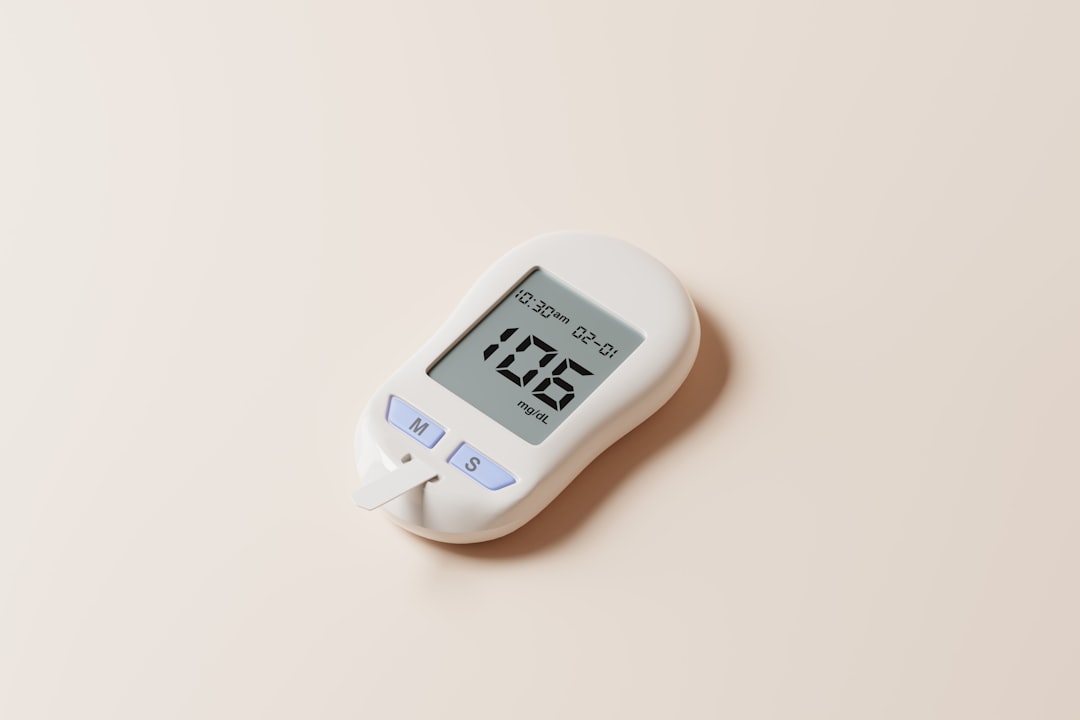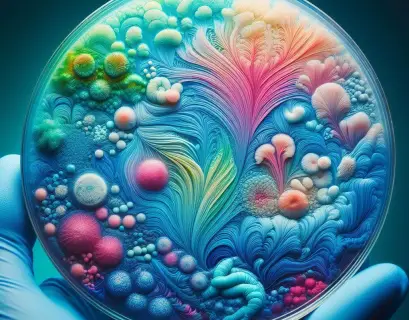Insulin is a hormone that is essential for regulating blood sugar levels in the body. It is produced by the pancreas in humans, but for individuals with diabetes, their bodies do not produce enough insulin or are unable to use it effectively. This is where insulin extraction from bacteria comes into play. In this article, we will explore the process of extracting insulin from bacteria and how it is used to treat diabetes.
Insulin Production in Bacteria

by Mockup Free (https://unsplash.com/@mockupfreenet)
Insulin is a protein that is made up of two chains of amino acids. In order to produce insulin, bacteria are genetically modified to contain the human gene for insulin production. This gene is then inserted into the bacteria’s DNA, allowing them to produce insulin. The bacteria used for this process are typically E. coli, a common bacteria found in the human gut.
Insulin Extraction Process
The process of extracting insulin from bacteria is a complex one that involves several steps. The first step is to grow the bacteria in a controlled environment, such as a bioreactor. This allows for the bacteria to multiply and produce large quantities of insulin.
Once the bacteria have produced enough insulin, they are harvested and the insulin is extracted. This is done by breaking open the bacteria cells and separating the insulin from the other components. The insulin is then purified through a series of filtration and chromatography processes.
Insulin Secretion
After the insulin has been extracted and purified, it is then secreted into vials or cartridges for use. These vials or cartridges are then used in insulin pumps or injections for individuals with diabetes. The insulin is able to regulate blood sugar levels in the body, allowing individuals with diabetes to manage their condition.
Advantages of Insulin Extraction from Bacteria
There are several advantages to extracting insulin from bacteria. One of the main advantages is the ability to produce large quantities of insulin in a controlled environment. This allows for a steady and reliable supply of insulin for individuals with diabetes.
Another advantage is the cost-effectiveness of this method. Extracting insulin from bacteria is a much more cost-effective process compared to extracting it from animal sources, which was the traditional method before the use of bacteria.
Challenges of Insulin Extraction from Bacteria
While there are many advantages to extracting insulin from bacteria, there are also some challenges that come with this process. One of the main challenges is ensuring the purity and safety of the extracted insulin. This requires strict quality control measures and thorough testing to ensure that the insulin is safe for human use.
Another challenge is the potential for bacterial contamination during the extraction process. This is why it is crucial to have a sterile and controlled environment for the bacteria to grow and produce insulin.
In conclusion, insulin extraction from bacteria is a complex and important process that allows for the production of insulin to treat diabetes. By understanding the steps involved in this process, we can appreciate the advancements in medical technology that have made it possible to produce insulin in a cost-effective and reliable manner.

